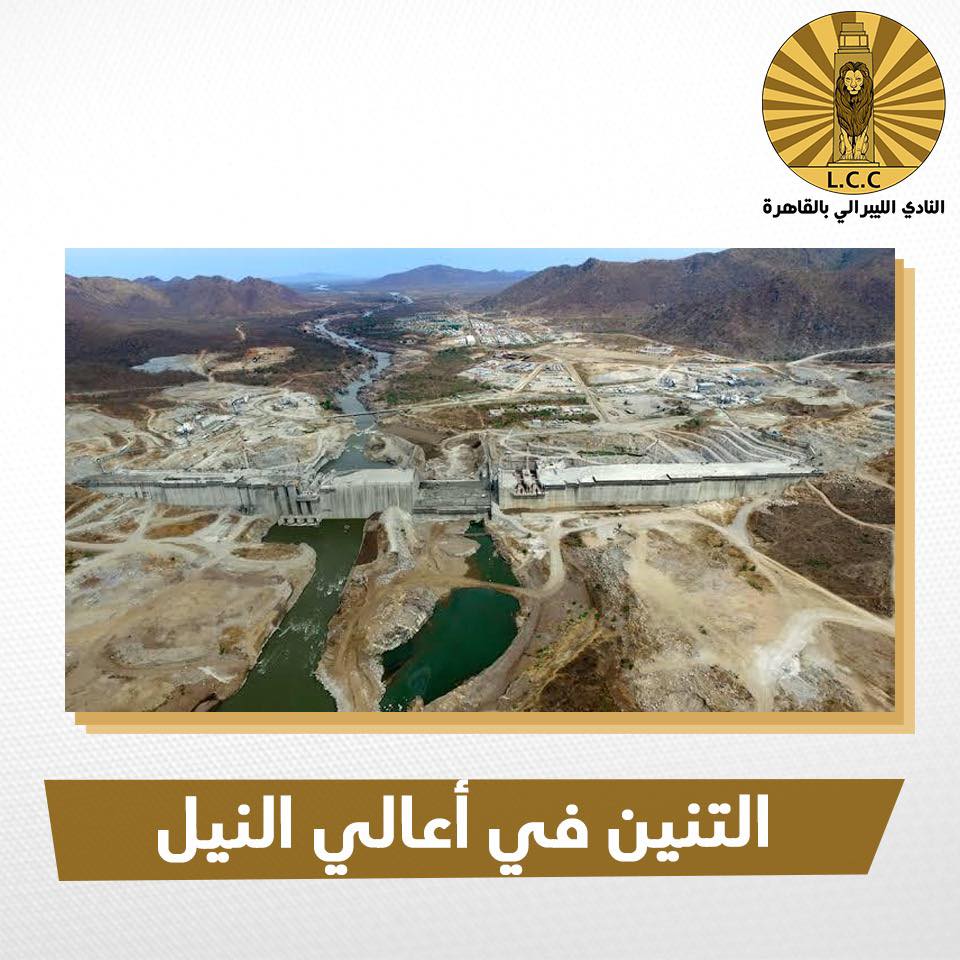The Dragon in the Upper Nile…China’s role in financing and building Ethiopia’s dams
We spoke before about the Belt and Road Initiative and the Chinese debt trap policies that depend on granting African countries rich in resources or in a strategic location large and soft loans in exchange for financing useless infrastructure projects carried out by Chinese companies. Usually, these countries are unable to repay the loans and are threatened. Either pay or seize the assets of these countries, and in the end the African countries turn into countries affiliated with China politically and economically.
Today we will talk more about China’s role in Ethiopia in general and in Ethiopian dam projects. China is the largest trading partner and largest investor in Ethiopia, whose gross domestic product is about 80 billion dollars and its external debts range around 24 billion dollars, more than half of which is indebted to China. A large portion of this debt is the result of financing infrastructure projects, such as the light rail project, which cost $475 million, the ring road, which cost $68 million, and the railway project between Ethiopia and Djibouti, which cost $3.4 billion. Ethiopia is suffering from a very large energy crisis. Almost 40% of citizens do not have electricity. I decided to make a long-term plan to exploit hydropower to generate electricity and export it, and this is through the construction of a large group of dams, the most famous of which is of course the Renaissance Dam. Many international institutions such as the World Bank and the European Development Bank were refusing to finance these dam projects. Part of this rejection is the result of Egyptian diplomatic pressure to prevent harm to Egypt’s water share. However, China, which is the largest financier of building dams in the Upper Nile and has dam projects in about 22 African countries, including the Nile Basin countries, has entered into financing and constructing dams in Ethiopia and is among 6 Dams in Ethiopia’s long-term plan, 5 of them with Chinese funding and study. Not only that, but in 2019 China took over the task of completing the pre-operation construction work for the Renaissance Dam after there was a major delay in building the dam. Also, the Chinese branch of the Voith Company is the one that will supply operating and production equipment. Hydropower. In addition to this, China granted Ethiopia a loan worth $1.2 billion to establish the electricity distribution network resulting from the dam, which is implemented by the Chinese government company Perdo. In addition to the above, China has financed many dam and hydroelectric projects in Ethiopia, including the Tekezi Dam, the Gebe 3 and the Gebe 4 Dam. My princess Nishi and other dams are in the planning stage, and construction is underway, such as the Jinali Dawa 3, Shimoga Yeda, Halili and Rabisa dams. What is strange is that after all this we find people in our country accusing countries like the United States, which sponsors the negotiations and supports the Egyptian position, of conspiring against Egypt and its interests. It turns a blind eye to China, its imperialist policies, and its control over the Upper Nile and Africa.


